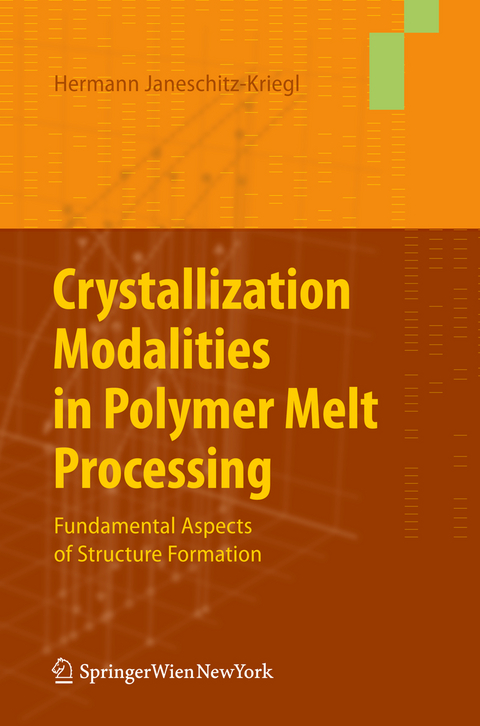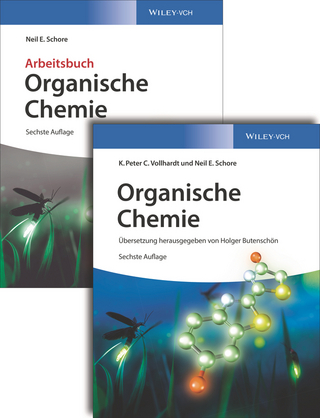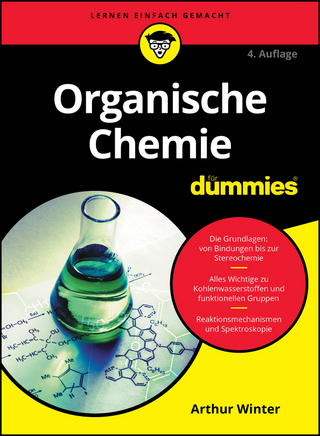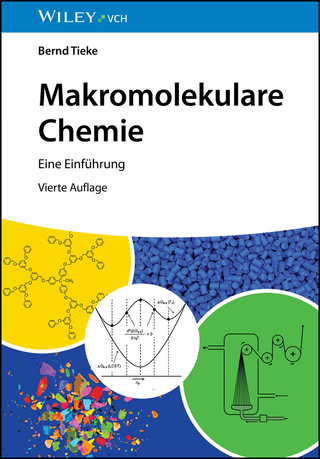
Crystallization Modalities in Polymer Melt Processing
Springer Wien (Verlag)
978-3-7091-1749-1 (ISBN)
Structure formation in crystallizing polymers, as occurring during processing, has not been treated so far in a coherent form. This fact explains, why this monograph is written as the ?rst book devoted to this subject. A quarter of a century ago the underdevelopment of this subject was obvious. Trial and error dominated. In fact, other apposite subjects as polymer melt rheology or heat transfer, had reached high levels. A great number of books has been devoted to them. Mold ?lling of amorphous polymers and the solidi?cation of these polymers by vitri?cation can nowadays be simulated numerically with a high degree of accuracy. In the solidi?ed sample even residual stresses and corresponding birefringence effects can accurately be 1 calculated . However, semicrystalline polymers, which form the majority of industrial po- mers, have been excluded from these considerations for good reasons. In fact, great uncertainties existed about the formation of quality determining crystalline str- tures. In particular, polyole?ns suffered from this shortcoming. In 1983 this fact instigated the polymer research group at the Johannes Kepler University in Linz to start with pertinent activities. The urgency of this kind of studies becomes evident, if advantages and hitches of these polymers are considered. 1. Versatility of processing: Injection molding into a great variety of shapes and sizes, from thin walled beakers to garden chairs, not to forget pipe and pro?le extrusion, cable coating, ?ber spinning, ?lm blowing. 2. Product qualities: Ductility, low density, good electric insulation, corrosion resistance, surface quality.
Introduction.- Interaction of three transport phenomena:heat transfer, flow and crystallization kinetics; Available theories describing the crystallization process; Examples for special cases; Crystallization in confined volumina; Behaviour of confined samples; Influence of strong temperature gradients.- Kinetics and structure formation in unloaded quiescent melts;Introductory remarks; Empirical techniques; Theoretical considerations; Winter´s gel point.- Flow induced processes causing oriented crystallization; Preamble;Some comments of considerable reach; Survey of activities in the field of flow induced crystallization; Duct flow experiments; Flow induced small-sized ('point-like') nuclei; Relaxation phenomena; Uninterrupted flow treatments. Closing remarks.
| Erscheint lt. Verlag | 10.10.2014 |
|---|---|
| Zusatzinfo | XIV, 221 p. |
| Verlagsort | Vienna |
| Sprache | englisch |
| Maße | 155 x 235 mm |
| Gewicht | 373 g |
| Themenwelt | Naturwissenschaften ► Chemie ► Organische Chemie |
| Naturwissenschaften ► Chemie ► Physikalische Chemie | |
| Naturwissenschaften ► Geowissenschaften ► Mineralogie / Paläontologie | |
| Naturwissenschaften ► Physik / Astronomie ► Atom- / Kern- / Molekularphysik | |
| Technik ► Maschinenbau | |
| Schlagworte | colloids • Continuum Mechanics • Copolymer • crystallization modalities • Polybuten • Polyethylen • Polymer • Polymers • Polypropylen • rheology • semi-crystalline polymers • space-filling crystallization |
| ISBN-10 | 3-7091-1749-6 / 3709117496 |
| ISBN-13 | 978-3-7091-1749-1 / 9783709117491 |
| Zustand | Neuware |
| Informationen gemäß Produktsicherheitsverordnung (GPSR) | |
| Haben Sie eine Frage zum Produkt? |
aus dem Bereich


